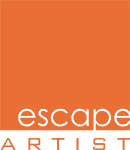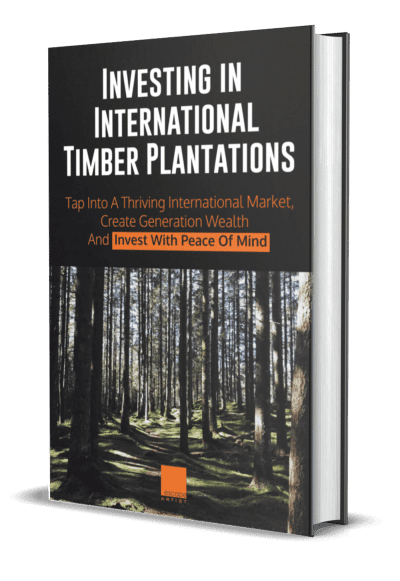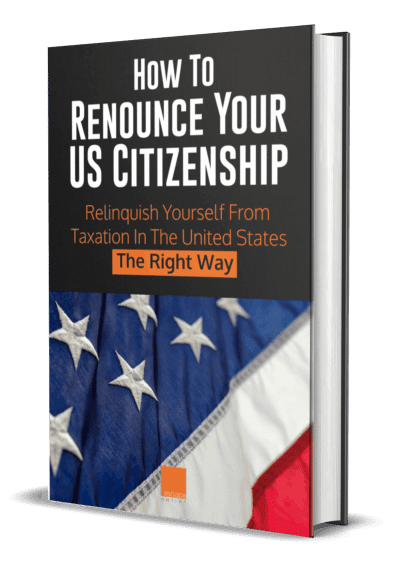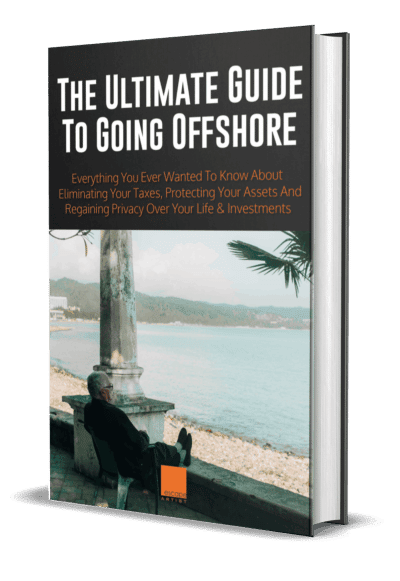Most of us are familiar with the old distinctions of nation-states as either first, second, or third world countries. This terminology came about after WWII as a system to label nations based on their degrees of political alignment with the United States, the dominant nation of the world following the conclusion of the war. Any nation aligned with the U.S. was correspondingly labeled as first world, any country aligned with The Communist Bloc was labeled as second world, while all others who were not aligned with either first or second world strategies were labeled, by default (if not immediately following the war, then through the tensions of the Cold War), as third world.
Of course, after the war, modernized, wealthy nations aligned with the U.S. for economic reasons; it would make no sense to oppose the most powerful nation in the world. Second world countries thereby became economic underdog competitors to the first world, while third world countries were either too small, too poor, or both to factor economically into either of the other two distinctive categories. These were, again, the countries that were too poor, unaffected, or small to participate very significantly in WWII.
And because the cold war never really ended (in 2013, Russia spent a higher portion of GDP on defense than the U.S. for the first time in a decade), our current epoch of classifying nations based on this system has not really changed much. We’ve continued to use the terminology of first, second, and third world countries with little variation.
But it has expanded. A term few people know, fourth world, originated in the last quarter of the twentieth century, meant to recognize stateless nations of indigenous peoples. By expanding the labeling system and voluntarily causing their own inclusion in it, indigenous peoples remonstrated their misrepresentation within the U.S.
Use of the term allowed them to align their language with that of statist power elites, and simultaneously demonstrate (through the numbered order of the labeling system) their political, economic, and social positions relative to those of the United States government. It also made it so that citizens identifying as indigenous could now be seen as detractors from the propagandist idea of a democratically controlled U.S.
Why does this strange history matter to you now? The term fourth world has been used to describe few others beside native American tribal groups since its origins – that was until recently.
It is hardly up for dispute that the U.S. was the dominant social, political, and economic world leader following WWII. However, while the labels we give to countries have not changed in the nearly three-quarters of a century that have followed, a lot else has. Some third world countries are richer than even some first world countries. The second world has gone this way and that, sending countries in either direction while the first world hurdles forward toward its own destruction – still led by the power-hungry United States. The fourth world increasingly refers to marginalized groups within the United States. That is because the margins themselves have expanded and continue to widen.
Check back for the conclusion in Part 2 of this article.
Like Our Articles?
Then make sure to check out our Bookstore... we have titles packed full of premium offshore intel. Instant Download - Print off for your private library before the government demands we take these down!






